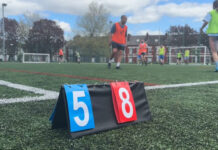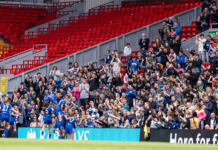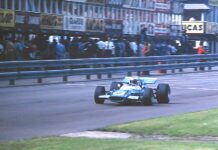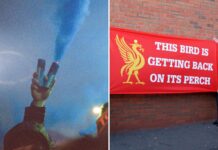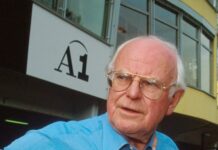The Kop end at Anfield is one of the most iconic stands in world football.
It has witnessed innumerable iconic moments, where the fans have seemingly sucked the ball into the net.
In modern times, the Kop saw both Steven Gerrard’s late strike against Olympiacos in 2004, which set the Reds on their way to glory in Istanbul in 2005.
And who will forget Trent Alexander-Arnold’s quickly taken corner against Barcelona, that allowed Divock Origi to clip the ball home for 4-0 and send Jurgen Klopp’s side to another Champions League final.
Origi’s goal was voted Liverpool’s greatest ever following a vote during the club’s 130th anniversary in 2022. Gerrard’s goal against Olympiacos was voted third in the same poll.
Anfield has been Liverpool’s home since their formation in 1892.
The stand behind the goal, that would eventually be named the Kop, was built in 1906, with the name being adopted shortly after its completion, following a suggestion by the Liverpool Echo.
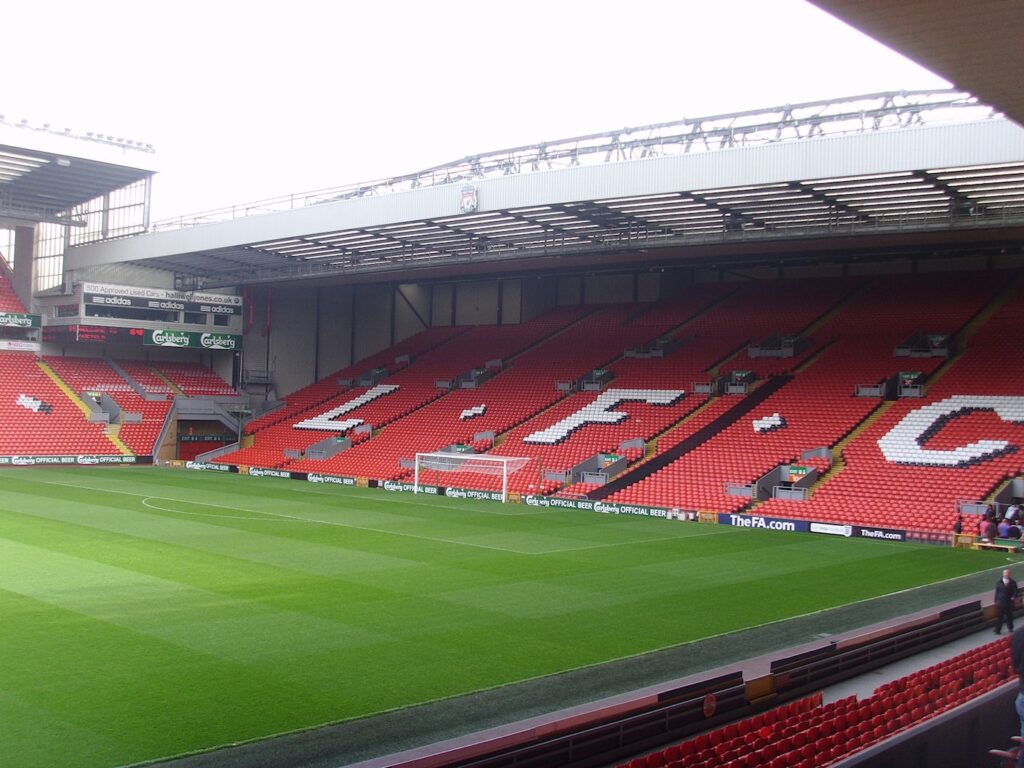
The origin of the name Spion Kop, to give the stand its full name, is fascinating.
For centuries Britain has marked its military success by naming various buildings and monuments after battlefield glory.
Just two examples of this are Trafalgar Square, taking its name from Admiral Nelson’s naval victory over a combined French and Spanish fleet, and Blenheim Palace, birthplace of Winston Churchill, honouring a battle during the War of the Spanish Succession.
It is less common for military defeats to give their name to public sites, yet this is exactly what happened with the use of the name Kop.
In Afrikaans, a kop is a hill or peak, and it is one particular hill that led to the prevalence of kop stands in England, with there being approximately 17 Kop Stands across England’s club stadiums.
At Spion Kop, the British Army engaged a Boer force in January 1900, and suffered a crushing defeat.
The Anglo-Boer War, which began in 1899, was fought between Britain and two Boer republics over a number of issues, including Boer independence and the British desire for a united South African state.
The Boers, meaning farmers in Afrikaans, initially inflicted heavy losses on their would-be conquerors.
Things were so bad for the British at one point that, following three defeats in six days, this period became known as Black Week.
Shortly after Black Week, the army was again in action against their adversaries. The Boers had besieged a British garrison in the town of Ladysmith.
In order to stop the Boers from tightening their grip around Ladysmith, General Sir Charles Warren directed a British force towards the centre of the Boer line, which anchored itself on Spion Kop.
Climbing through dense mist, the British troops cleared a Boer force from their position and sent word to Warren that the hill had been taken.
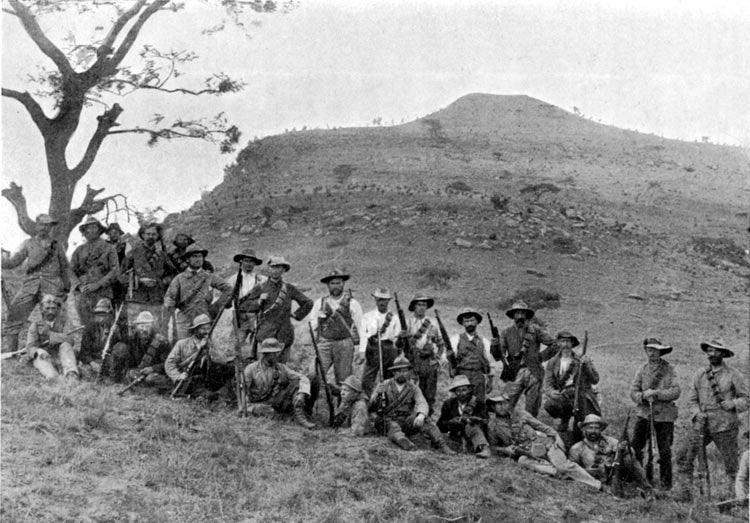
As morning broke, the British suddenly realised that they had made a grave error: They had not in fact claimed the summit of the kop, but a lower portion, and were now surrounded on three sides by Boer Commandos.
Over the next 16 hours the Boer and the British traded blows atop the hill, with heavy casualties particularly among the ranks of Warren’s men, before both sides began to withdraw.
Unknowingly, victory was in the palm of Warren’s hand at the moment his troops began descending the kop.
The Boers, having rallied following their own withdrawal from Spion Kop, reclaimed the summit while the British retreated back across the Tugela River. The battle of Spion Kop was over.
The usage of the term Spion Kop in a football context originated when a local reporter likened the silhouette of fans on an earthen bank at Woolwich Arsenal’s Manor Ground to soldiers on top of the infamous hill in South Africa.
The popularity of the name spread, and was used for many single tier terraces.
Liverpool’s Kop is renowned the world over for its atmosphere, with its rendition of “You’ll Never Walk Alone” before each game being the precursor for many a rousing performance.
And it can attribute its name to the events that took place over a century ago on the veld of South Africa.
Featured Image by Daniel Moffat.


